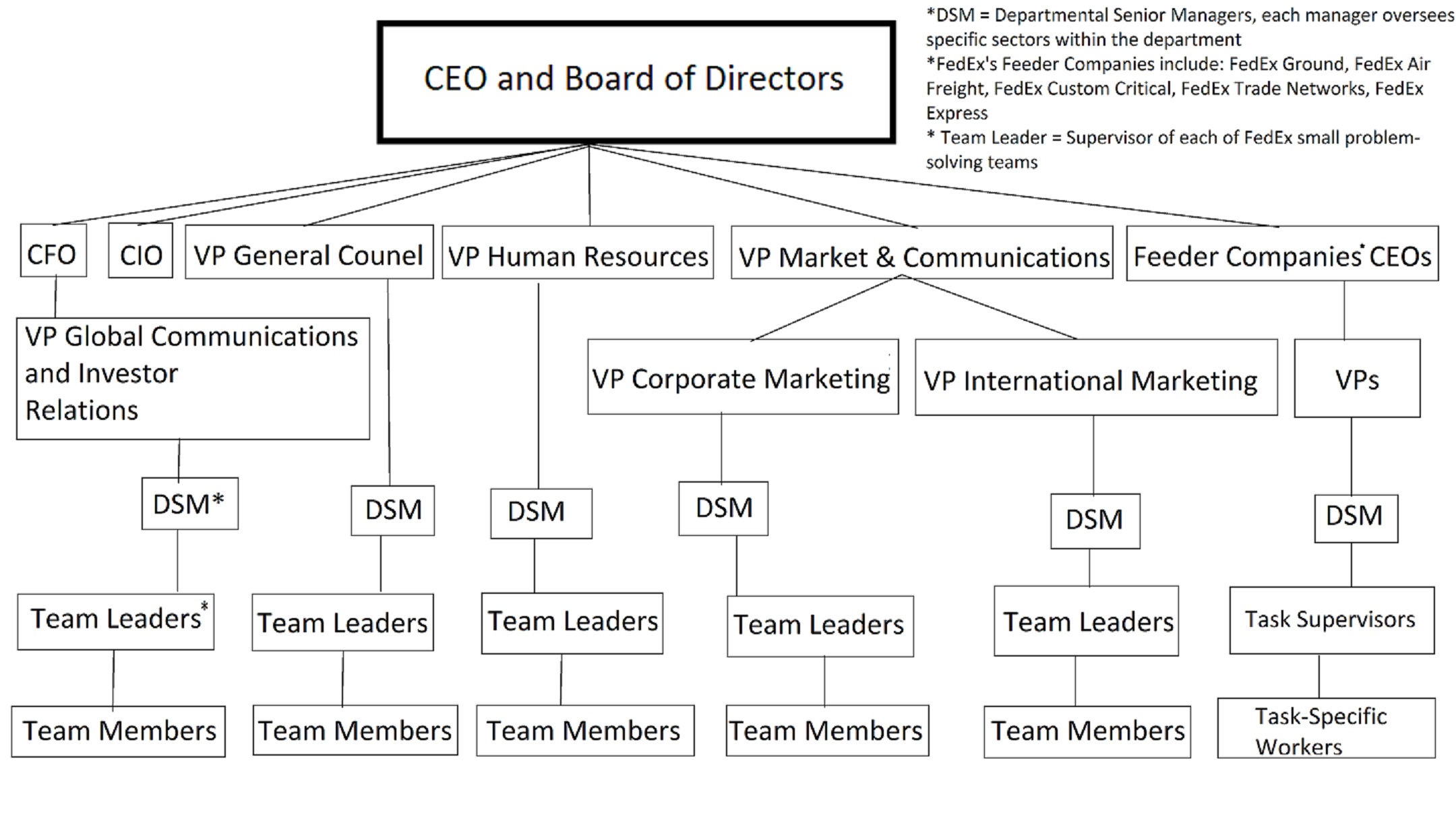Relational Leadership Essentials Fundamentals Explained
Relational Leadership Essentials Fundamentals Explained
Blog Article
The Buzz on Relational Leadership Essentials
Table of ContentsIndicators on Relational Leadership Essentials You Need To KnowWhat Does Relational Leadership Essentials Do?Relational Leadership Essentials for DummiesThe Ultimate Guide To Relational Leadership EssentialsGetting The Relational Leadership Essentials To WorkAn Unbiased View of Relational Leadership Essentials
As even more companies adopt distributed labor force techniques, collaborative, transparent, and versatile structures will play a vital duty in success. Knowing that a matrix framework's adaptability supports agile groups, advertises involvement, and worths cross-collaboration, it's time to decide if your organization needs enhancement in these locations. If so, transitioning to a matrix framework might be a strong relocate the appropriate instructionsIf your social media advertising and marketing division determines an untapped customer base, your framework needs to make it very easy for the head of that division to communicate this exploration to senior monitoring and the sales group. This can be true also if you have a top-down structure in which authority relaxes in the hands of your senior management team.

Some Known Facts About Relational Leadership Essentials.
Regardless of the kind of business structure you select, there will constantly be a reporting network that ends with a decision maker. In a flat structure in which workers are given wide latitude to make pointers and take ownership of their job procedure, decisions are made based on the consensus of staff members functioning in a team.
TASK 1 1. leadership resources.1: Organizations are developed to satisfy a need, for instance to provide products or solutions. Organizational frameworks can take lots of forms. These are affected by variables such as its purpose, size, and complexity of the tasks it carries out, exterior setting and its society. It's product or services or where its situated likewise establish which structure is best.
Organizations can be structured in different methods: by feature, as an example, operations, advertising and marketing, finance, fundraising, etc by region by item, as an example, publications, assistance, consultancy, delivery in work teams, as an example, client/customer groups. At the top of the structure is a bachelor, who has a handful of people reporting straight to them.
The 10-Minute Rule for Relational Leadership Essentials
Advantages of hierarchical structures: An ordered framework makes use of clear coverage lines. It is easy to see what each team is called, just how several individuals there are in each team and how they associate with various other people in the system. Negative aspects of hierarchical structures: People can feel embeded a 'silo' and miss chances for co-operation, both for themselves and the organisation.
There are fewer levels in the level framework organisation. In this example structure, there is a single person at the top with everybody else reporting into them on an equal degree. Advantages of flat structures: people feel even more engaged and can tackle even more duty greater communication much better group spirit less bureaucracy and less complicated decision making lowerEven teams of little ones start to develop a network or informal pecking order.
The Ultimate Guide To Relational Leadership Essentials

A business framework develops a structure for exactly how a business runs, including the department of obligations and authority. Here are the most typical option org frameworks in usage: organizational framework organizational structure business framework organizational framework organizational framework business framework business framework You may ask, what is the best organizational framework?
The individual at the top has the utmost authority and establishes the program and strategy. The managers create the plan and the employees implement the strategy. Top-down orgs have actually operated in an organized and easy-to-understand pecking order for centuries. Everybody has a clear line of coverage and understanding of the pecking order.
Not known Details About Relational Leadership Essentials
Some have actually suggested that this style of framework is obsoleted, in a globe that is moving so fast. The sight might be excellent from the top, however what regarding the rest of your company? Picture by mirsad mujanovic/ Certified under Pexels License Benefits of a top-down org structure consist of: A clear concentrate on direction and tasks Streamlined decision-making Roles and duties are clear Familiar and comfortable workflow Negative aspects of a top-down org structure consist of: Group participants have little control or input right into the work item Supervisors might not see spaces in between expectations and team capacities up until it's too late Much less independent thinking at reduced degrees Reduced worker involvement and enthusiasm A bottom-up business structure jobs much differently.
Lower-level employees within a company are given better authority to address problems, established instructions, and take on jobs. Instead of approach, concepts, and tasks being handed down from the top, ideas and insights are developed at the base and flow upwards in click here for more info the bottom-up org structure.
Some Ideas on Relational Leadership Essentials You Should Know
While using the very same concepts as the top-down frameworks, it further delegates responsibility and authority to managers. Frequently made use of in huge companies, duties may be divided right into departments or systems which supervisors look after and establish strategy in their corresponding locations. Secondary supervisors create the execution strategy and lower-level staff members are assigned tasks.
Report this page